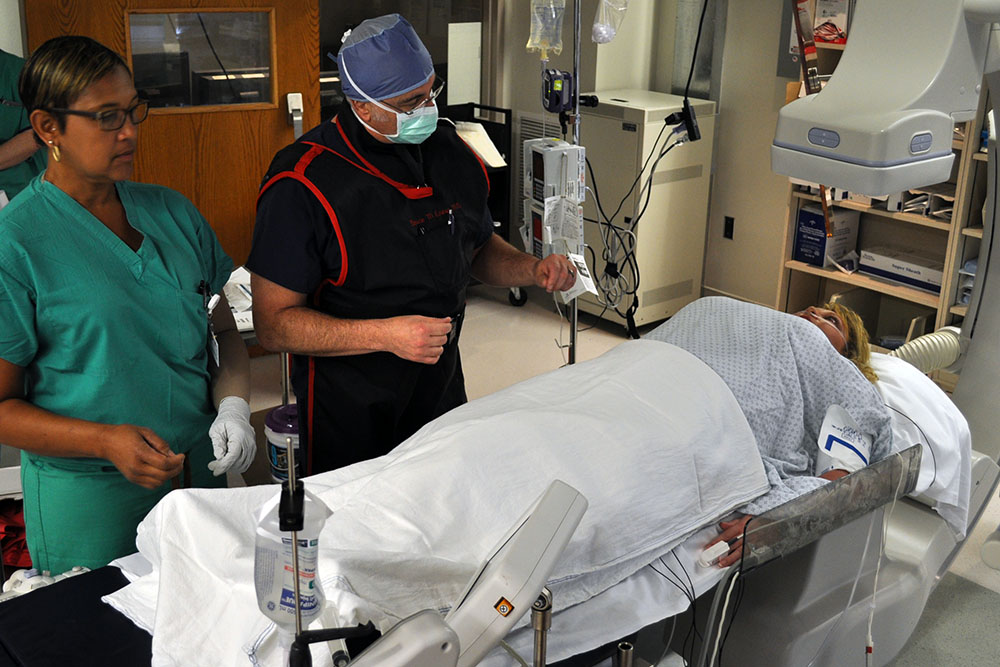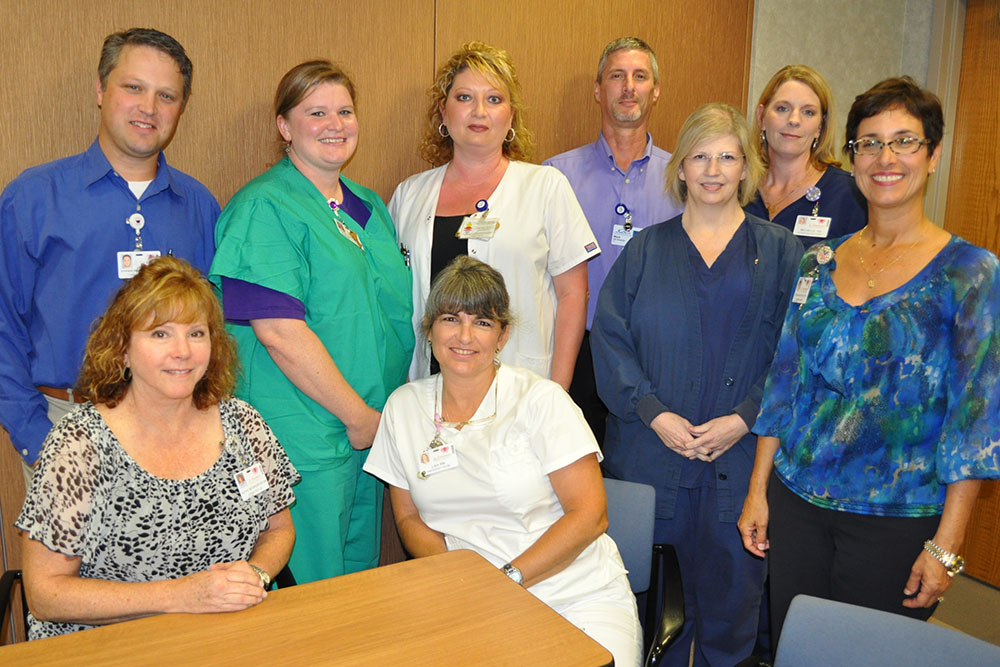Heart Attack Drill Aims to Save Lives
HOSPITALS WORK TOGETHER ON DRILL
TO IMPROVE HEART ATTACK RESPONSE
 To further improve emergency care for patients throughout the region, St. Tammany Parish Hospital held its most recent drill in July in collaboration with Northshore EMS, Acadian Ambulance and Riverside Medical Center in Franklinton to evaluate the process and guidelines of what happens when a patient is experiencing a heart attack.
To further improve emergency care for patients throughout the region, St. Tammany Parish Hospital held its most recent drill in July in collaboration with Northshore EMS, Acadian Ambulance and Riverside Medical Center in Franklinton to evaluate the process and guidelines of what happens when a patient is experiencing a heart attack.
The goal of these drills it to constantly improve the patient’s outcome by working together to reduce response and treatment time to elevate the quality and delivery of care.
“This is a huge coordination of resources between healthcare facilities and EMS, and it is an extension of our commitment to improve cardiac care throughout the Washington and St. Tammany parishes,” said Michelle Hickman RN, department of head of nursing and Chest Pain Center Coordinator for St. Tammany Parish Hospital. “The drill may be part of our reaccreditation process as  a Chest Pain Center, but it also ensures our team and healthcare partners remain at the top of our game.”
a Chest Pain Center, but it also ensures our team and healthcare partners remain at the top of our game.”
The ST elevation myocardial infraction, or STEMI, drill started about 8:30 a.m. with a mock patient - Crystal Lyons, director of clinical operations at Riverside Medical Center – calling 911 from a local business in Franklinton complaining of general heart attack symptoms.
Northshore EMS picked her up and took her to Riverside, where she was quickly assessed and treated for chest pain by Dr. Frank Volker. Once the ECG showed the patient was experiencing a STEMI, physicians ordered Lyons transferred to STPH’s cath lab for immediate percutaneous coronary intervention (PCI). A rig from Acadian Ambulance Service was onsite to transport the mock STEMI patient to Covington.
Upon arrival at STPH, Dr. Bruce Ennis responded to the Lyons’ need for coronary intervention. The Emergency Room and cath lab staff quickly transferred the patient to the cath lab, where the patient underwent the necessary steps to restore blood flow via an angiogram.
Observers from both facilities were present at Riverside and STPH. The observers documented each step of the drill, and participants reviewed notes together in a debriefing session in an effort to collect information to further improve the process.

